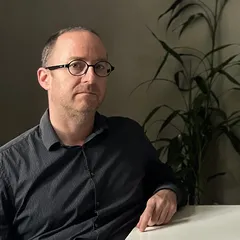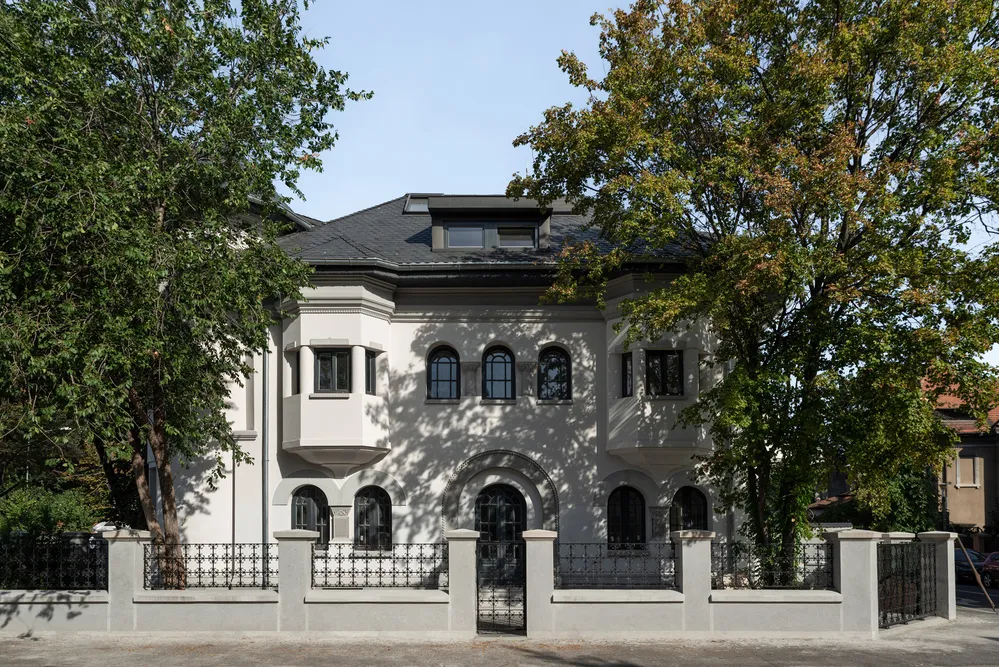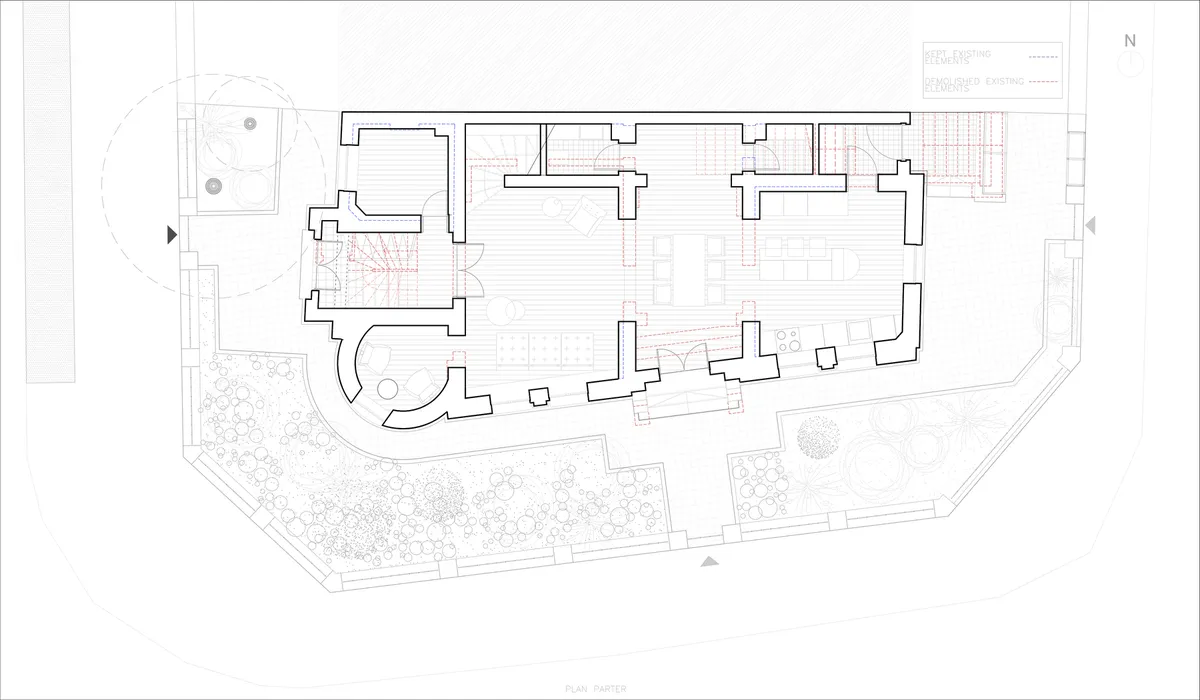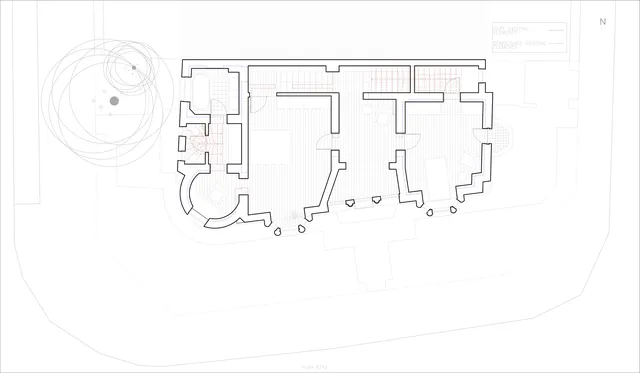
1/10

2/10

3/10

4/10

5/10

6/10

7/10

8/10

9/10

10/10

Author(s) / Team representatives
Radu-Tudor Ponta
Profession
architect
Collective/office
Republic of Architects & atelier de Plano
Co-authors/team members
Emil Burbea-Milescu, Laura Covaci, Cristian Nae
External collaborators
AXII Design Studio, Instal Design
Project location
București, România
Budget in euros
425.000 euro
Usable area
260 mp
Project start date
September 2019
Construction completion date
Mai 2024
Builder
Divers Construct
Photo credits
© Marius Vasile



